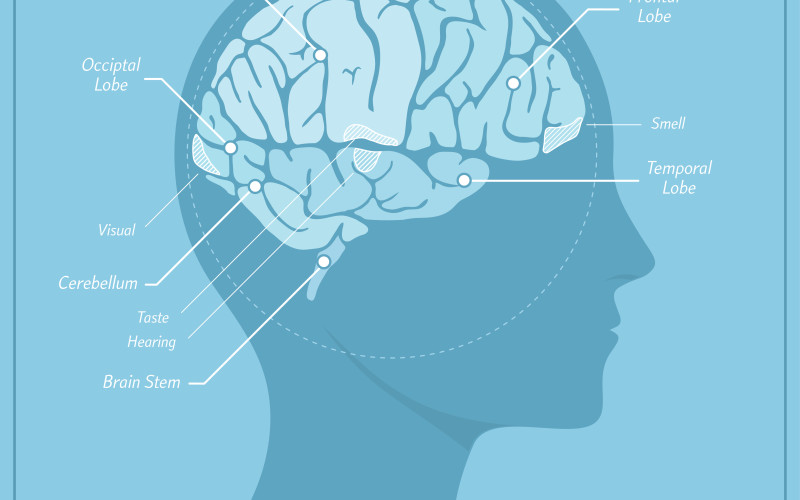Learn the signs of stroke so you can save a loved one

Stroke is the fifth leading cause of death in the United States, and the third leading cause of death for women. Stroke is a major cause of long-term disability, resulting in permanent problems with walking, talking, thinking and taking care of yourself on a daily basis.
A stroke happens when part of the brain is injured due to a problem with blood flow. The most important part of treating a stroke is recognizing the symptoms and calling 9-1-1. Advanced stroke treatments can reverse the damage to the brain, but only within the first few minutes to hours after symptoms start. Any delay in seeking care reduces the chance of long-term recovery.
Because different parts of the brain function to perform different tasks, strokes can have many different symptoms. Stroke symptoms usually start suddenly, as the brain stops functioning due to a blood clot suddenly blocking blood flow, or due to sudden excessive bleeding in the brain.
The most common symptoms of stroke affect one side of the body:
- Drooping face on one side.
- Weakness of, or difficulty using, the arm on one side.
- Weakness of, or difficulty using, the leg on one side.
- Loss of vision on one side.
- Numbness or tingling on one side of the body (affecting face, arm, and leg).
- Loss of coordination on one side of the body.
- Difficulty looking to one side.
Another very common sign of a stroke is a problem with speech and language. A stroke can affect speech in a number of ways:
- Slurred or thick speech.
- Difficulty getting the right word out.
- Saying the wrong words.
- Confused or nonsensical speech.
- Difficulty understanding speech.
- Trouble with reading or writing.
Many other symptoms can be a sign of a stroke, but can also be due to other problems. When these symptoms occur suddenly, it is important to treat these symptoms as a stroke, which can be life-threatening. These symptoms include sudden double vision, severe vertigo or dizziness, trouble swallowing and sudden difficulty walking.
Excessive bleeding in the brain is a less common cause of stroke symptoms, but is often accompanied by the sudden onset of the worst headache of a person’s life. Sometimes neck stiffness, vomiting and sleepiness also occur with this very severe headache.
The acronym FAST is an easy way to remember the most common signs of a stroke. “F” stands for face, meaning a drooping or asymmetric face. “A” stands for arm, meaning an arm that drifts downward or stays limply at someone’s side. “S” stands for speech, meaning slurred speech, difficulty speaking, or difficulty understanding speech. “T” stands for time, meaning time to call 9-1-1.
The Christiana Care Comprehensive Stroke Program encourages you to talk about stroke signs with your friends and family, so that we can all get the quick treatment we deserve to prevent long-term brain injury due to a stroke.